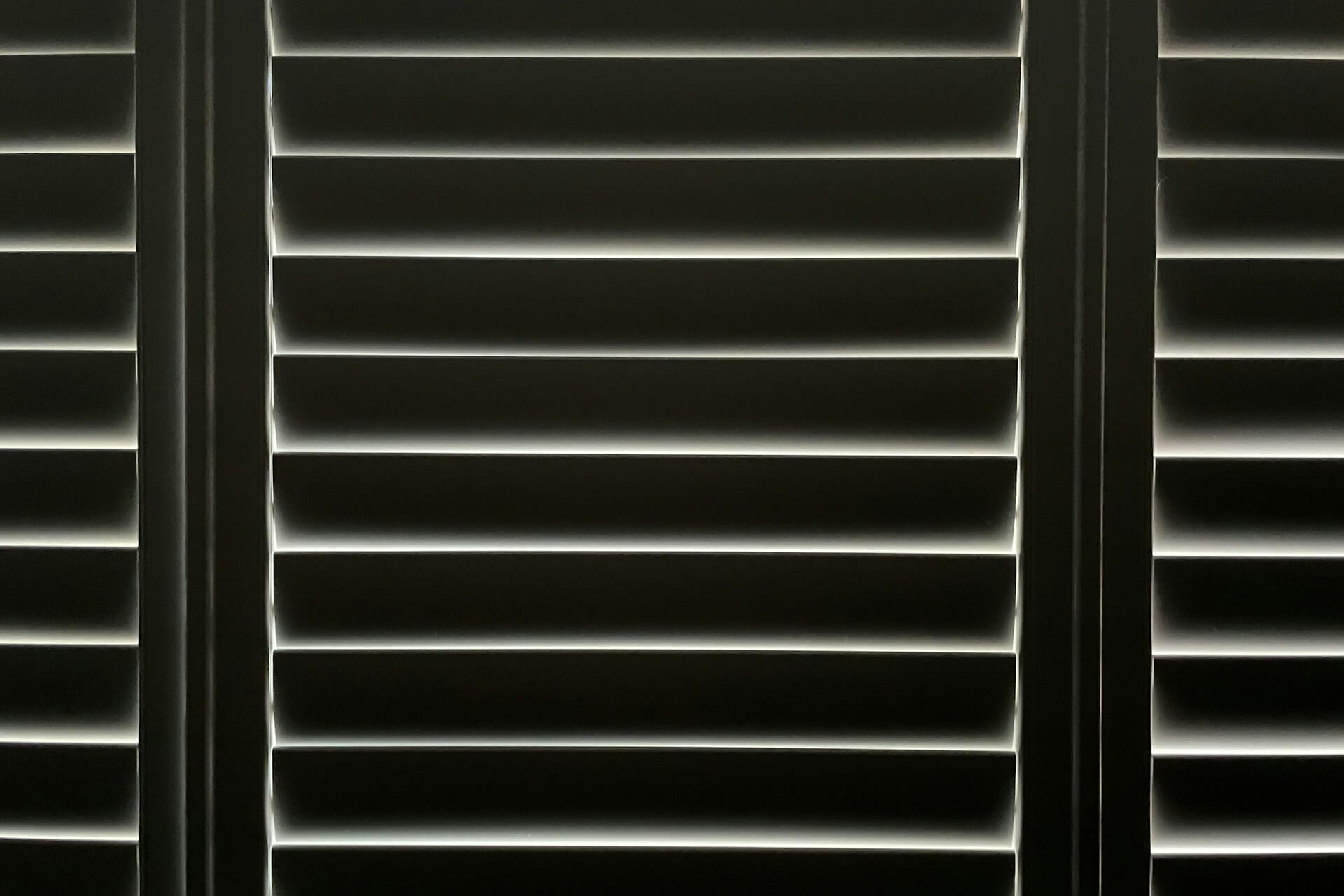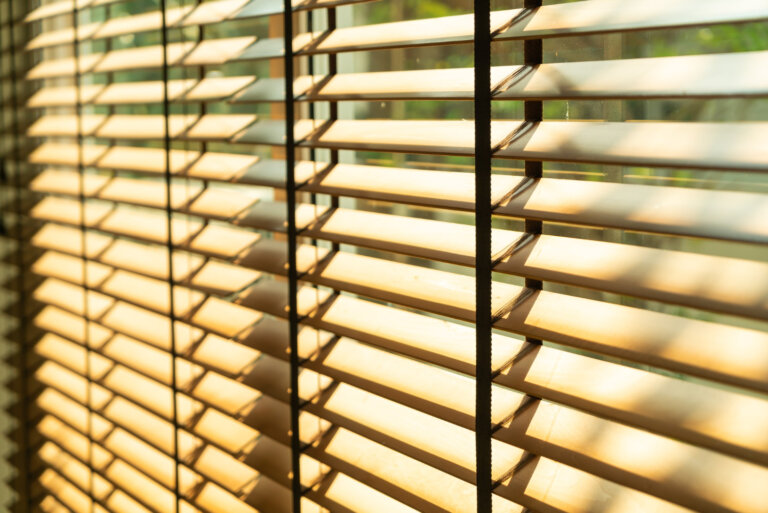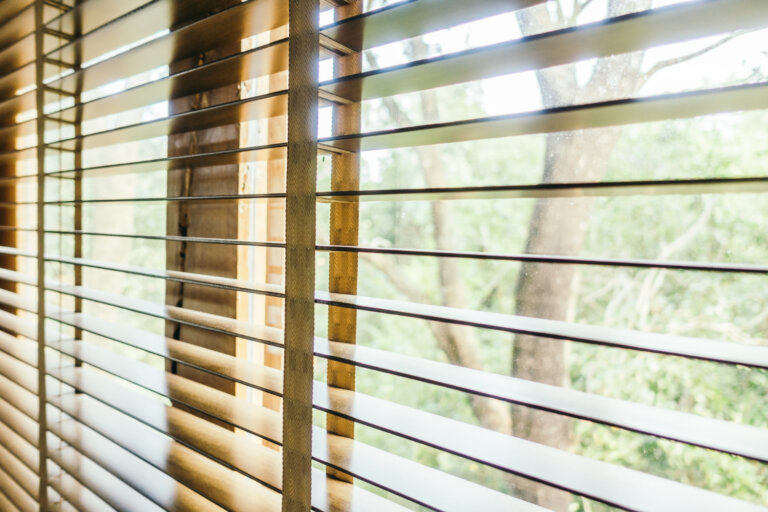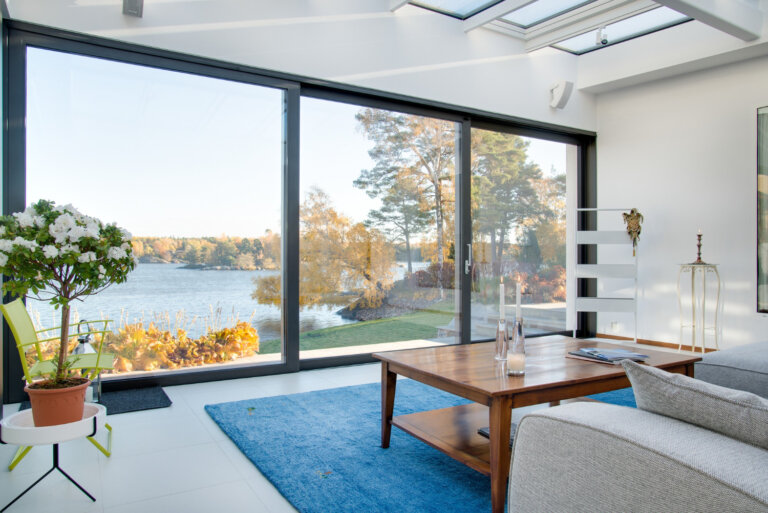Choosing the right wood for shutters can make a big difference to how they look, feel, and last over time. Some wood types are dense and long-lasting but come with added weight that can be hard on window frames. Others are lighter but may not hold up well in daily use. Finding an option that’s both strong and light can help avoid those trade-offs. It’s not just about picking something that looks good. It’s about choosing a material that fits the function, the window style, and even the local climate.
One excellent option worth knowing about is Paulownia hardwood. It’s gaining attention among homeowners who want something durable without the heaviness of traditional hardwoods. Below, we explore what makes some woods better for shutters, why strength and weight matter, and what sets Paulownia hardwood shutters apart for homes in Manchester.
Understanding Wood Qualities
Every window needs a shutter that opens and closes smoothly, stands up to regular use, and doesn’t sag or twist over time. The type of wood you choose has a lot to do with how well those shutters perform. There’s no single best type of wood, but there are common traits that homeowners tend to value.
These are the main qualities that make wood a strong choice for shutter use:
– Durability. It needs to withstand moisture, movement, and everyday wear.
– Lightweight structure. Lighter wood puts less stress on hinges, brackets, and frames.
– Attractive grain. Most shutters stay visible all year, so the wood should look great, either painted or stained.
– Workability. Good shutter wood should cut cleanly and hold details for louvres and joints.
A lot of homes in Manchester, especially older properties, have window frames that may not be completely straight anymore. A heavier wood puts more strain on those frames. Over time, that weight can lead to slight shifts, which then throw off the smooth swing of the panels. That’s where a strong but light material saves time and hassle in maintenance.
What you want is something flexible enough for shaping, stable enough to hang true, and tough enough to resist cracking or swelling when the seasons shift. Woods that tick all three boxes tend to perform well and last longer.
Highlighting Paulownia Hardwood Shutters
Paulownia is one of those wood types that surprises people. It’s classed as a hardwood, yet it’s lighter than many softwoods, which can sound a bit odd at first. It grows quickly, holds shape well, and has a smooth, tight grain that works nicely for painting or staining. Despite being so lightweight, it holds screws and hinges firmly, which is why it’s used in furniture, trim work, and now increasingly in shutters.
In practical terms, paulownia is lighter than traditional options like oak or mahogany but tougher than pine, especially in areas where movement and moisture are concerns. That balance makes it a great fit for shutters that need to function without warping or putting strain on window frames.
Homes across Manchester deal with varied weather. One week can be muggy and damp, the next dry and cool. That kind of climate shift causes some wood types to expand and contract quite a bit. Paulownia manages those changes better than it gets credit for. It absorbs less moisture and doesn’t split as easily during cold, dry months. That sort of reliability helps keep each shutter square in its frame, working as it should without needing constant adjusting.
One example we’ve come across locally is in bay windows, where several shutter panels hang in a row. Using heavier hardwoods made everything feel bulky and harder to operate. When swapped out for paulownia, the weight dropped a lot and the shutters moved much smoother. It’s a practical fix that shows how the right wood can handle both function and form.
Comparing Other Wood Options
Paulownia doesn’t stand alone. There are several types of wood that homeowners often look at when considering shutters, each with its strengths and things to watch for.
Here’s a quick overview of common woods used for shutters:
– Oak. Known for being tough and solid. It holds finishes well and gives a classic look, but the weight can be a strain on wide shutter panels or older window frames.
– Cedar. Offers natural resistance to moisture, often used in humid environments. It’s reasonably light and has a pleasant scent, but it can be soft and dent more easily.
– Basswood. A favourite for its smooth, even texture. It’s lighter than oak but heavier than paulownia. It works well with paints and stains, though it may not be as stable on wider spans.
– Pine. Cost-effective and easy to find. Pine looks lovely when stained but needs treatment to manage moisture. It’s less resistant to wear and more likely to warp over time.
Each of these options performs differently depending on the setting. A room that gets strong afternoon sun might need something a bit more stable, while a shaded space might do fine with a softer wood. In homes around Manchester, it’s not unusual to mix wood types across different rooms to meet varying needs while keeping personalised style intact.
Paulownia sits in a sweet spot across all those qualities. It has just enough strength to support regular use without pushing too much weight on hinges or frames. It outdoes pine in moisture resistance and weighs less than both basswood and oak. For rooms that shift with the seasons or if window frames aren’t perfectly square anymore, paulownia keeps things stable and working well.
Choosing The Best Shutter Wood For Your Home
Picking the right shutter wood means thinking about more than just looks or price. Think about how heat, cold, and damp move through each room. Is the space warm year-round? Does it sit cold and damp in winter? Does the sun blaze through the glass every afternoon, or is it mostly shaded?
Here’s a helpful way to break it down:
1. Match wood to panel size. For bigger windows, lighter wood like paulownia helps avoid sag.
2. Look at room use. Kitchens, bathrooms, and utility rooms do better with wood that’s good with humidity.
3. Think about home style. Older Manchester homes may suit grains that look good stained. For more modern interiors, smooth finishes work well.
4. Check your existing hardware. If your hinges are already in place, the weight of the wood matters a lot.
5. Consider how long you expect the shutters to last without touch-ups.
It’s easy to be drawn to a certain grain or colour, but those aesthetics won’t matter if the shutters sag or shift after winter. Taking the time to carefully match wood type based on both how the room looks and how it acts during the year helps avoid regrets down the line.
Figuring all this out on your own can feel a bit much. That’s why speaking to someone who fits shutters for a living helps make sense of it all. They’ll help you sort through which woods work best for your windows and how things might settle with time.
Make Shutter Choices That Truly Work
Going with strong and lightweight wood makes living with shutters easier in the long run. You’ll have fewer issues with panels that warp, and they’ll stay good-looking and easy to use through every season. When you get the right balance between how it feels and how it performs, everything else just falls into place.
Paulownia hardwood shutters are a smart pick for homes in Manchester. They handle shifting weather conditions well, work with a variety of looks, and weigh far less than bulkier hardwoods. That makes them ideal for older or larger windows and homes that have a bit more character and charm.
If you’re weighing your shutter options, don’t go straight for what’s trendy or simply the heaviest wood available. Look at how your home functions, what your windows need, and how you want things to feel day after day. That’s where good choices start—and strong, lightweight wood like paulownia helps you finish well.
Explore our full range of Paulownia hardwood shutters available at Crafted Shutters and discover how these versatile options can transform your living space. Our team is ready to help you make the best choice for your windows, ensuring your home remains both elegant and efficient through every season.






